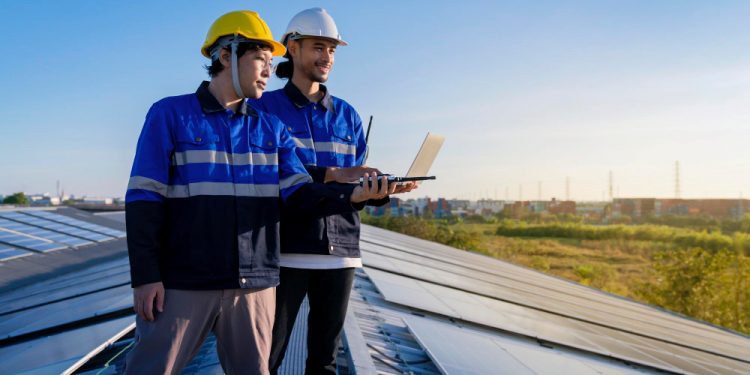For decades, roofing has been defined by hammers, nails, and asphalt shingles. But the future looks very different. From drone inspections and solar integration to AI-driven diagnostics and self-healing materials, technology is transforming the roofing industry from the ground up. What was once a trade focused purely on repair and replacement is now becoming one of the most innovative sectors in construction — and forward-thinking markets like Colorado Springs roofing are showing how technology can completely redefine efficiency, safety, and sustainability.
The Digital Transformation of Roof Inspections
One of the biggest technological shifts is happening before a single shingle is installed. Drone technology has made roof inspections faster, safer, and more accurate. Instead of sending workers onto steep or damaged roofs, contractors now deploy drones equipped with high-resolution cameras and thermal imaging sensors. These drones can identify leaks, weak spots, and insulation issues that the human eye might miss.
Combined with artificial intelligence, this data is analyzed in minutes to create detailed damage assessments and repair plans. It not only reduces human error but also improves transparency between roofing contractors, homeowners, and insurance adjusters. This shift toward data-driven inspection is now standard practice in advanced markets — a clear sign that the roofing industry is embracing the digital age.
Smart Roofs and Sustainable Innovation
The next frontier for roofing technology is energy efficiency. “Smart roofs” — systems designed to interact with their environment — are becoming increasingly popular. These include solar-integrated shingles that generate electricity without bulky panels, cool roof coatings that reflect sunlight to reduce indoor temperatures, and dynamic materials that adjust to weather conditions.
Homeowners are beginning to see their roofs not just as protective coverings but as energy assets. Solar roofing, in particular, is expected to grow significantly as costs decline and tax incentives expand. In cities like Colorado Springs, where altitude and sunshine provide ideal conditions for solar production, many new roofing installationsnow include built-in renewable energy components. This convergence of sustainability and technology is pushing roofing into the mainstream of America’s clean-energy future.
AI, Automation, and Predictive Maintenance
Artificial intelligence and automation are also changing how roofs are maintained. Smart sensors embedded in commercial and residential roofing systems can now detect temperature fluctuations, moisture intrusion, or material degradation in real time. These sensors alert property owners to small issues before they become costly repairs.
AI-powered predictive maintenance software then analyzes that data to forecast when a roof will need servicing — allowing owners to budget and plan proactively. For roofing contractors, this means a steady pipeline of maintenance work and fewer emergency calls, while homeowners benefit from longer roof lifespans and fewer surprises.
What Comes Next
Looking ahead, the roofing industry will continue to merge craftsmanship with technology. Self-healing materials that repair minor damage automatically are already in development, and 3D printing could soon make custom roof components faster and more affordable.
The future of roofing isn’t just about durability — it’s about intelligence. Whether through renewable energy, automation, or AI-enhanced diagnostics, American roofing is evolving from reactive repairs to proactive performance. And as markets like Colorado Springs have shown, embracing innovation early isn’t just smart — it’s the foundation of roofing’s next great era.
















